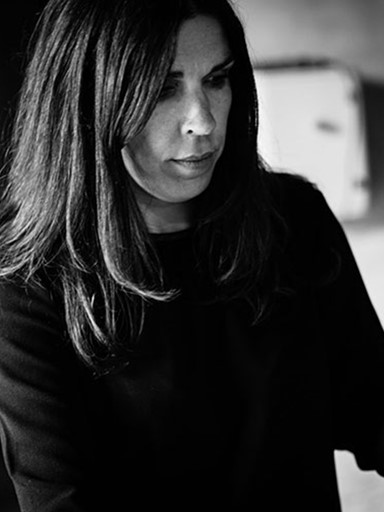
Château Fontainebleau
France, Provence
The Story
This estate dates back to the 17th century and takes its name from a nearby river, which helps to provide an environment of wet subsoil. This means that the vines endure less heat during the summer, resulting in delicate and elegant red, white and rosé wines produced using only biodynamic methods.
The special vineyard’s layout as a Roman amphitheater allows vines to benefit from a cool microclimate.
All these elements contribute to preserve all the finesse, freshness and balance of expression that constitute the great wines of Provence.
The People
Valerie
Until Jean-Louis and Céline Bouchard arrived and worked towards this large family vineyard’s revival.By mastering the rich but wild nature of the estate, they allowed the vines to enrich themselves.
Since 2013 Valerie Courreges is in charged of the vinification, having the challenge to express in the wine all the complexity and unicity of this exceptional terroir.
Far from conventional ideas, Domaine Fontainebleau en Provence is strongly convinced that three wine colours: red, rosé and white can be produced in a same vineyard. Great Provence wines, shaped in a traditional way.
Follow Chateau Fontainebleau
The Place
France, Provence
This 170 ha estate is anchored in a unique terroir composed of red sedimentary rocks. This tasty soil rich in aromas gives the wine a unique complexity and character.
Spanning 38 hectares of vines across a number of parcels, the vines at Château Fontainebleau grow alongside olive trees amid a landscape of rolling hills. Each parcel of land is dedicated to a single grape variety, either Ugni Blanc, Grenache, Cabernet Sauvignon, Syrah, Vermentino, Cinsault or Carignan.
Due to the vineyard's configuration, the grapes can only be picked up by hand. This enables the domain to harvest parcels separately, letting others continue to ripen, and thus improving the production quality.
Location